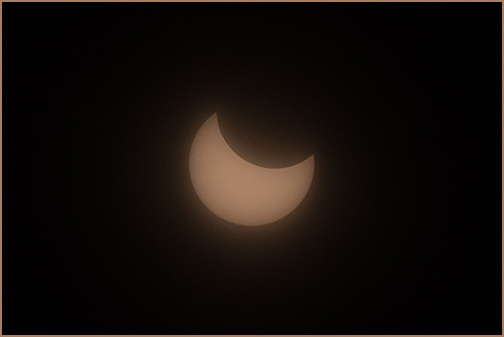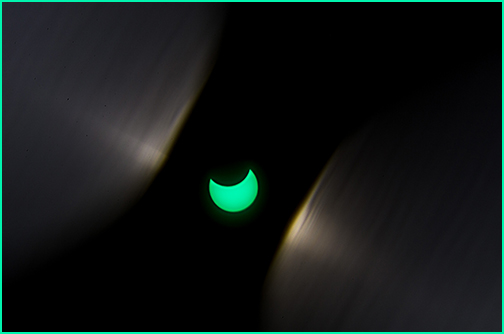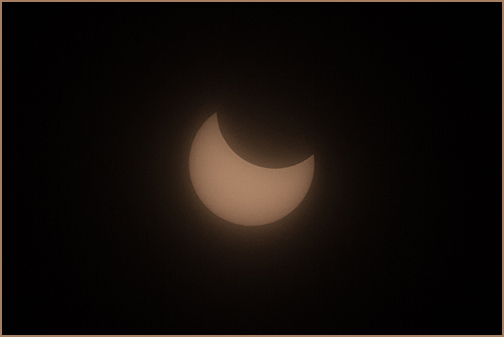
Officials on Tuesday released some of the first pictures of last month’s partial solar eclipse, as seen from Antarctica.
The partial solar eclipse, which occurs when the moon only blocks a portion of the sun, graced the skies in Antarctica and parts of South America — including Uruguay, Argentina, southern Chile, far western Paraguay and far southern Brazil — for a short period of time on Feb. 15.
But the celestial event was hard to notice, experts said, even for those directly in its path. There was no change in the light on Earth during the partial solar eclipse and the moon only covered a sliver of the sun in South America, making the effects even less visible.


For those wondering what the event looked like, the U.S. Antarctic Program has shared two still images of the eclipse with TIME. One image was captured from the Amundsen-Scott South Pole Station and the other from the U.S. Antarctic Program’s Palmer Station, which is located on Anvers Island near the Antarctic Peninsula, according to the agency’s website.
Both photos show the sun shaped like a “very fat crescent,” which Ernie Wright, a programmer in the Scientific Visualization Studio at NASA’s Goddard Space Flight Center, had previously predicted.
More Must-Reads from TIME
- Inside Elon Musk’s War on Washington
- Meet the 2025 Women of the Year
- Why Do More Young Adults Have Cancer?
- Colman Domingo Leads With Radical Love
- 11 New Books to Read in Februar
- How to Get Better at Doing Things Alone
- Cecily Strong on Goober the Clown
- Column: The Rise of America’s Broligarchy
Contact us at letters@time.com